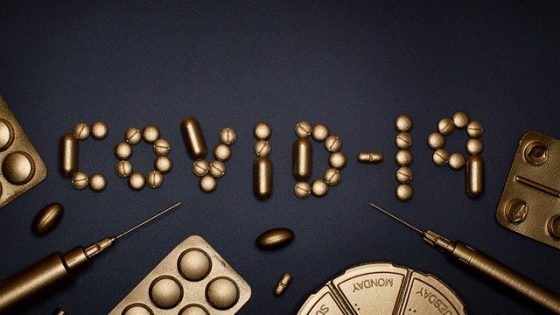calgranulin A
A protein that is made by many different types of cells and is involved in processes that take place both inside and outside of the cell. It is made in larger amounts in inflammatory diseases such as rheumatoid arthritis, and in some types of cancer. It is being studied as a biomarker for breast cancer. Also called S100 calcium binding protein A8.
calgranulin B
A protein that is made by many different types of cells and is involved in processes that take place both inside and outside of the cell. It is made in larger amounts in inflammatory diseases such as rheumatoid arthritis, and in some types of cancer. It is being studied as a biomarker for breast cancer. Also called S100 calcium binding protein A9.
calorie
A measurement of the energy content of food. The body needs calories as to perform its functions, such as breathing, circulating the blood, and physical activity. When a person is sick, their body may need extra calories to fight fever or other problems.
Calquence
A drug used to treat adults with chronic lymphocytic leukemia or small lymphocytic lymphoma. It is also used to treat adults with mantle cell lymphoma that has already been treated with at least one other therapy. It is also being studied in the treatment of other types of cancer. Calquence blocks a protein called Bruton’s tyrosine kinase (BTK), which may help keep cancer cells from growing. It is a type of tyrosine kinase inhibitor. Also called acalabrutinib.
CALR gene
A gene that makes a protein called calreticulin, which is involved in many cell functions. Calreticulin helps control the amount of calcium that is stored in cells. This is thought to play a role in the control of gene activity, cell growth and movement, the attachment of cells to one another, and cell death. Mutated (changed) forms of the CALR gene have been found in some types of blood conditions, including essential thrombocythemia and primary myelofibrosis.
CAM
A term used to describe a medical product or practice that is used together with (complementary) or instead of (alternative) standard medical care. Usually, less is known about most types of CAM than about standard treatments, which go through a long and careful research process to prove they are safe and effective. CAM may include dietary supplements, megadose vitamins, herbal preparations, special teas, acupuncture, massage therapy, magnet therapy, spiritual healing, and meditation. Also called complementary and alternative medicine.
Campath
A drug used to treat B-cell chronic lymphocytic leukemia. It is also being studied in the treatment of other types of cancer. Campath binds to a protein called CD52, which is found on some types of immune cells and cancer cells. This may help the immune system kill cancer cells. Campath is a type of monoclonal antibody. Also called alemtuzumab.
camphor
A substance that comes from the wood and bark of the camphor tree or is made in the laboratory. It has a very unique smell and taste and is used in commercial products (for example, mothballs). Camphor is used in topical anti-infective and anti-pruritic (anti-itching) agents.
Camptosar
A drug used alone or with other drugs to treat colon cancer or rectal cancer that has spread to other parts of the body or has come back after treatment with fluorouracil. It is also being studied in the treatment of other types of cancer. Camptosar blocks certain enzymes needed for cell division and DNA repair, and it may kill cancer cells. It is a type of topoisomerase inhibitor and a type of camptothecin analog. Also called CPT 11 and irinotecan hydrochloride.













